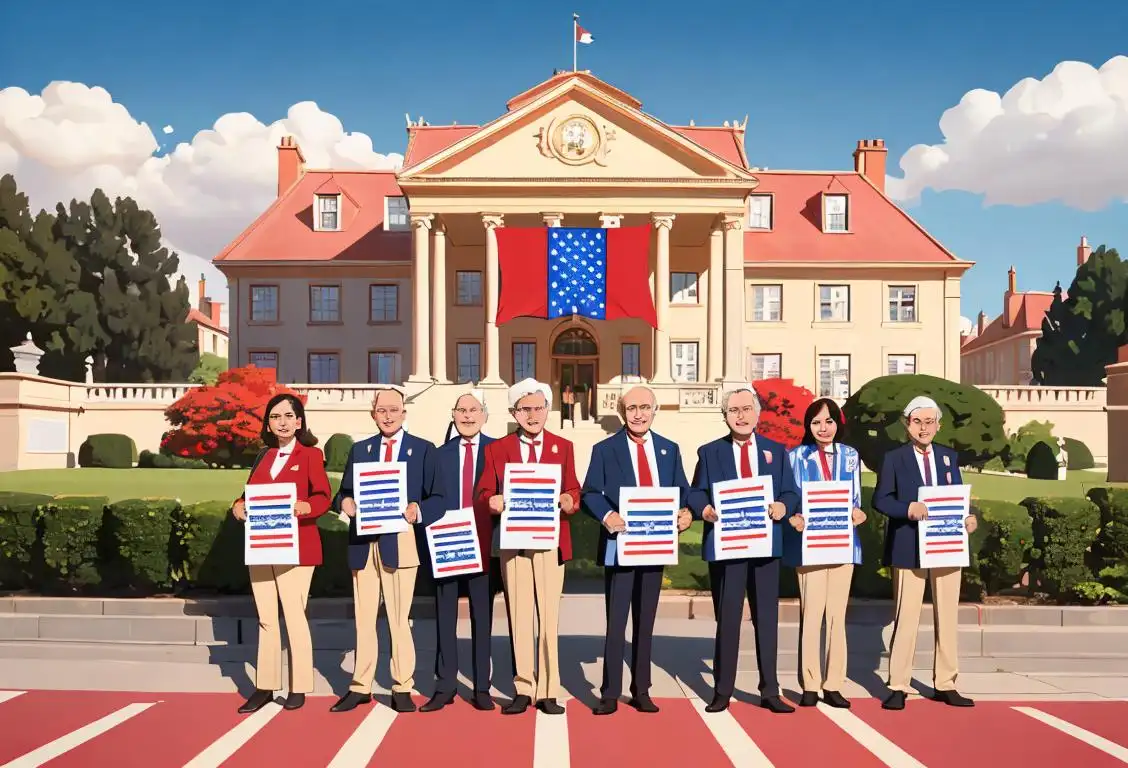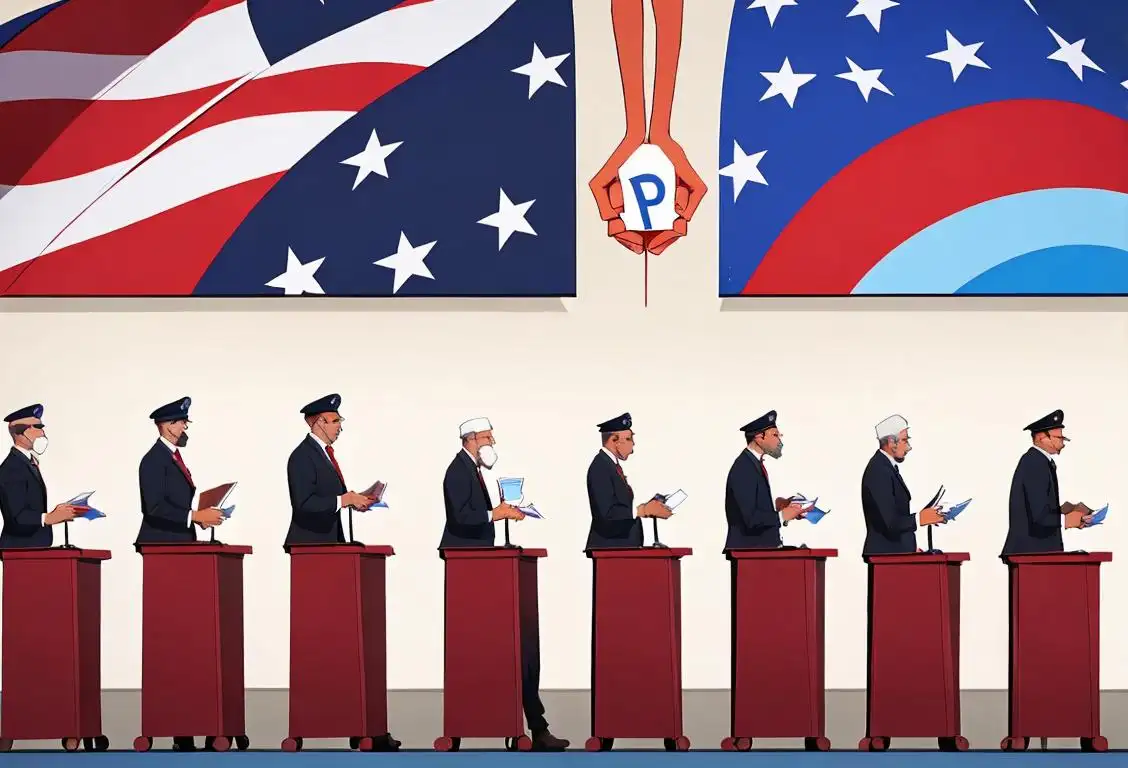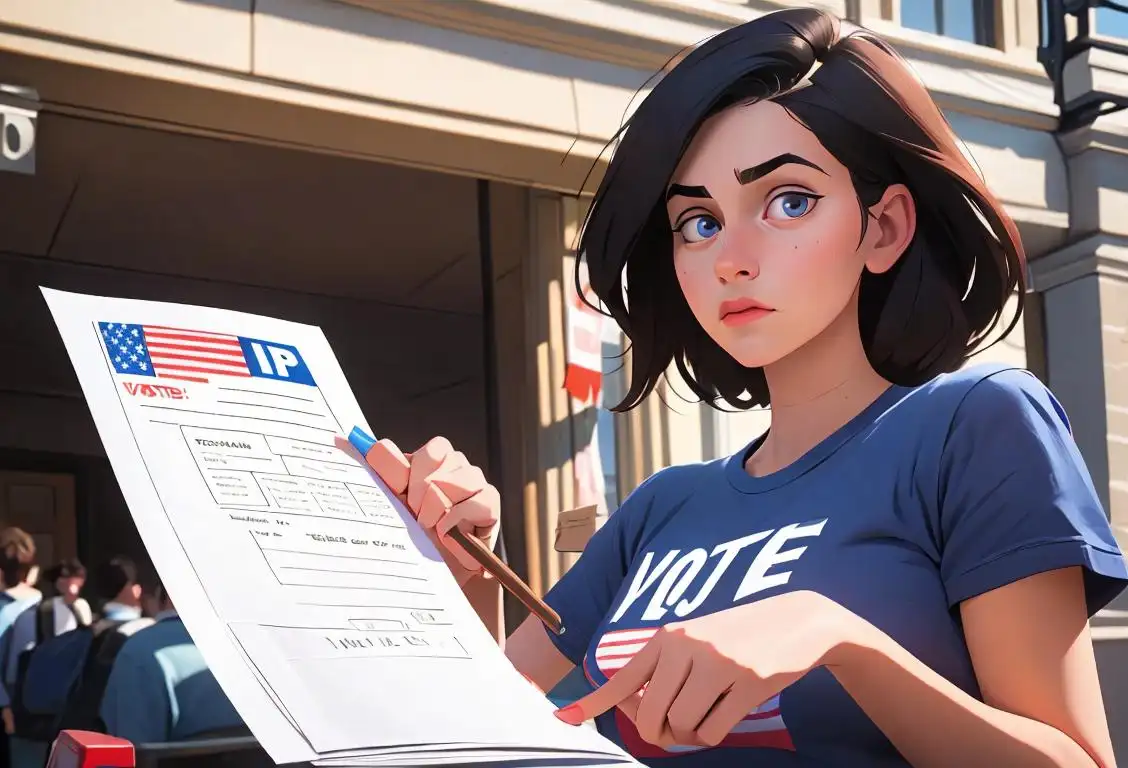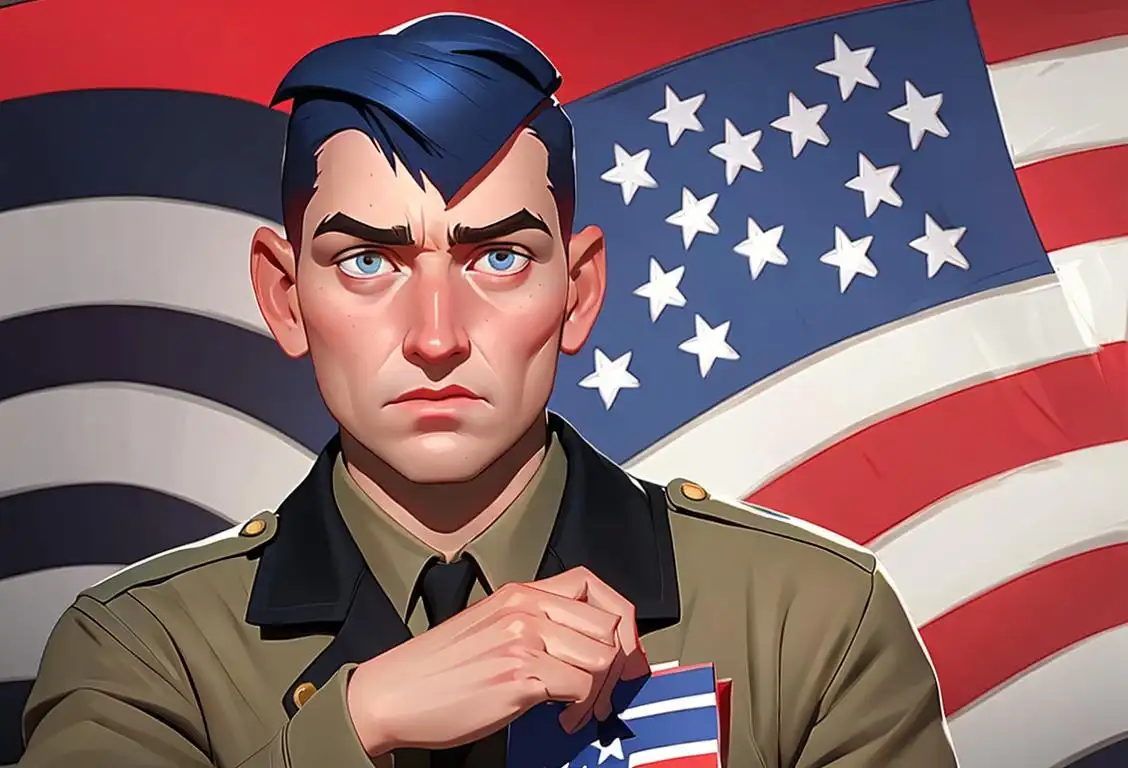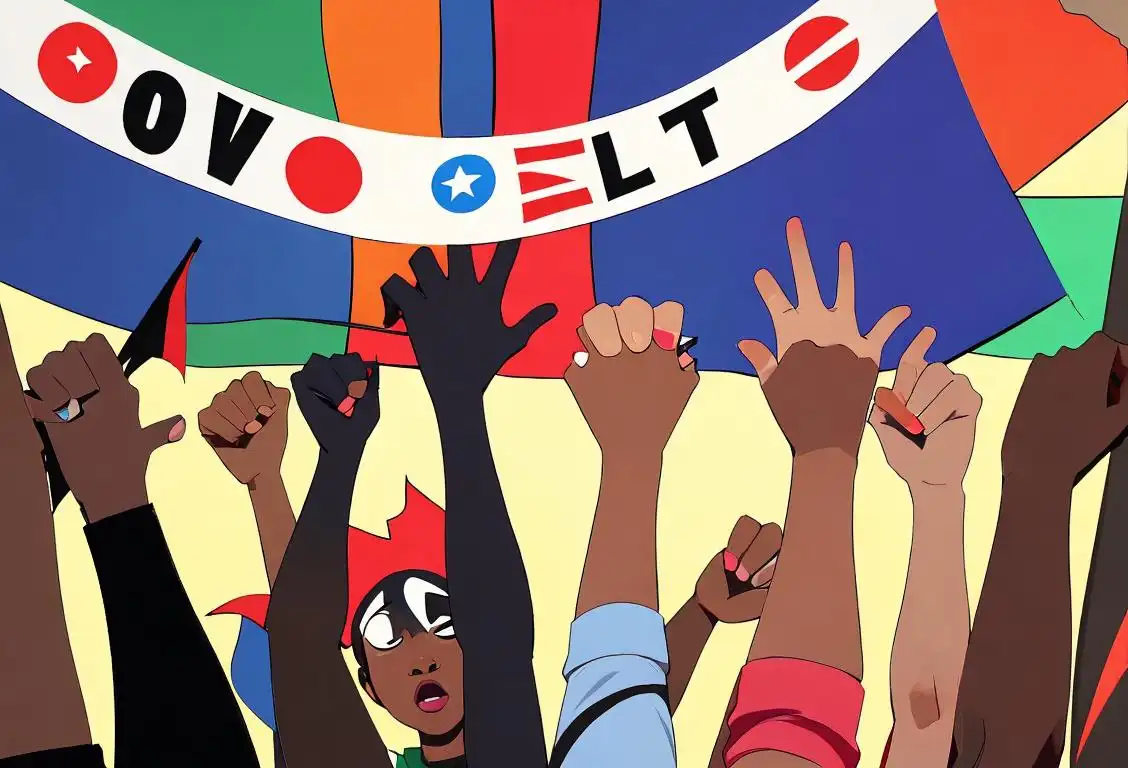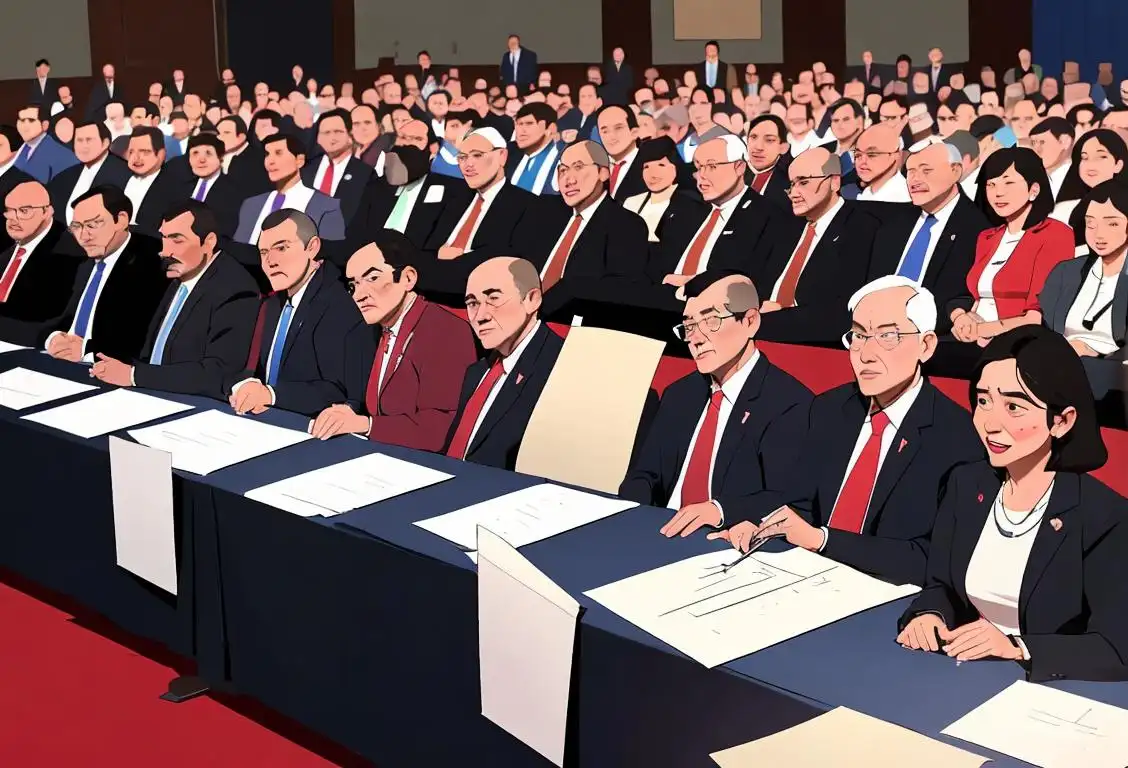National Early Vote Day
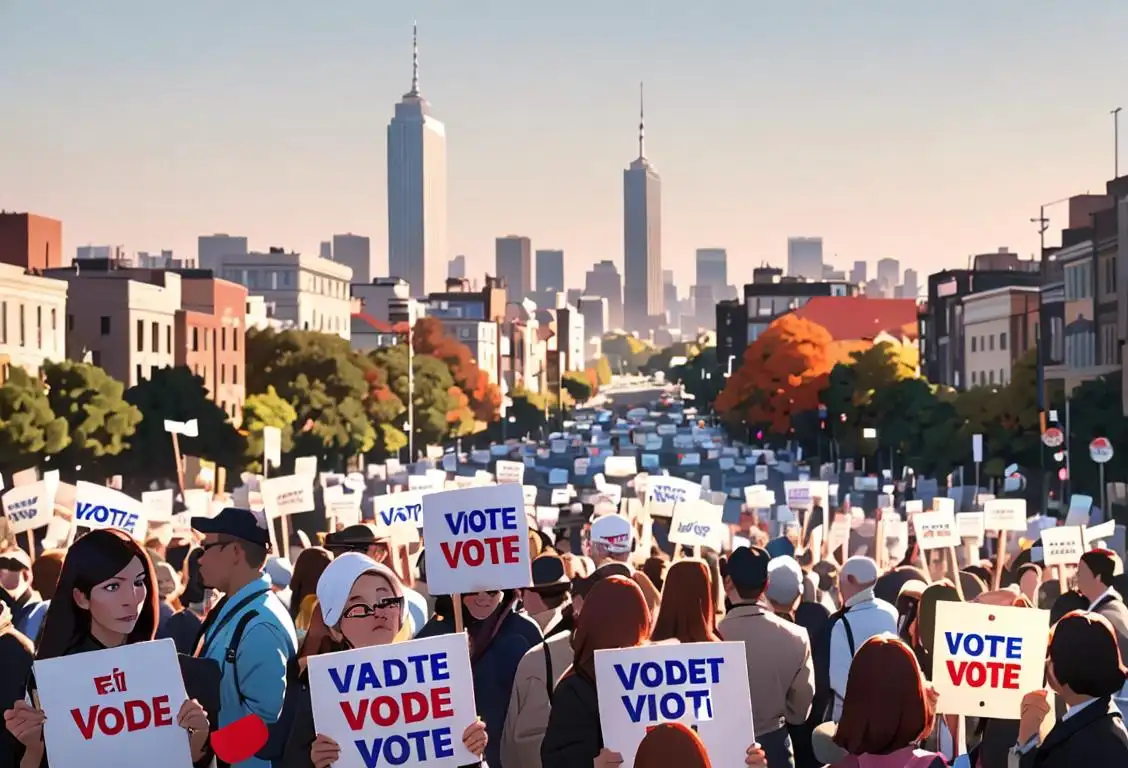
Ah, the power of democracy, isn't she sweet? Her radiant beacon lures millions to their keyboards and draws them into heated debates. Then, the ultimate event arrives – National Early Vote Day! The day when, somewhere between funny cat videos and self-trained home chefs dishing out step-by-step lasagna recipes, folks perform their civic duty and embrace the future. Hang tight, the social media feeds, platforms, and websites tell us a rather interesting story.
When is Early Vote Day?
It's national early vote day on the 1st November.
Over the Net, Under the Votes – a Digital Tale
National Early Vote Day, the diminutive cousin of Election Day, arguably plays a significant role in the democratic process, distributing the wave of voting over a period of time. Online excitement surrounding National Early Vote Day hit a major peak on November 1, 2016, the day the digital universe erupted with 6341 mentions of this fateful event. Now, that's what we call a digital party!
The Echo Chamber Effect
Democracy thrives on discourse, sure, but what happens when everyone starts talking (or in this case, typing) at once? A lot of buzz! In 2016's case, this generated awareness, pushing more folks to take part in early voting, ultimately reducing the risk of congested polling stations on Election Day. Ah, the marvels of digital dialogue!
The Power of Pixels
Remember the days when Uncle Bob had to physically nudge folks to go vote? Well, Uncle Bob's nudges have gone digital, and they're way, way more efficient. On National Early Vote Day, these nudges take the form of reminders, motivational texts, and infographics spreading like wildfire over social media platforms. Just imagine, thousands casting their vote with one click, while sipping on their morning brew. How very convenient!
History behind the term 'Early Vote'
1840
Introduction of Early Voting
Early voting, also known as advance voting or absentee voting, was first introduced in the United States in 1840. It allowed citizens to cast their votes before the scheduled election day, providing them with more flexibility and convenience. Initially, this method was primarily used by military personnel, individuals who were traveling, or those who could not physically go to the polling stations on Election Day.
1864
Early Voting for Union Soldiers
During the American Civil War, early voting played a crucial role in ensuring Union soldiers could exercise their right to vote. In 1864, President Abraham Lincoln issued an executive order that granted soldiers in the field the ability to cast their votes in the upcoming presidential election. This step was crucial in maintaining the democracy and inclusivity of the electoral process during a time of conflict.
1920
Expansion of Early Voting Rights
Following the ratification of the 19th Amendment in 1920, which granted women the right to vote, early voting became an even more significant aspect of the electoral process. With the expanded voter base, allowing citizens to vote early helped alleviate long lines at polling stations and ensured that everyone had ample opportunity to exercise their right to vote.
1978
Convenience Voting Act
In 1978, the United States Congress passed the Convenience Voting Act, which aimed to improve access to early voting. The act standardized and simplified the procedures for casting an early vote. It also encouraged states to establish absentee voting programs, making it easier for citizens to participate in elections by accommodating their busy schedules and personal circumstances.
2000
Increased Popularity and Expansion
In recent years, early voting has gained immense popularity in the United States. States have expanded early voting periods, allowing citizens to vote in person or by mail-in ballot before Election Day. This expansion aims to reduce congestion at polling stations, offer greater accessibility, and accommodate the evolving needs of voters. Early voting has become a critical component of the electoral process, promoting increased civic engagement and inclusivity.
Did you know?
Did you know that the term 'early bird' happily applies to voters too? According to studies, individuals who vote early are often more informed and engaged in the democratic process. Quite the juxtaposition with those last-minute adrenaline junkies, wouldn't you say?Tagged
awareness democracy social-media voting national-early-vote-day civic-dutyFirst identified
1st November 2016Most mentioned on
1st November 2016Total mentions
6341Other days
Early Vote Day
Voting Day
Voters Day
Primary Day
Democracy Day
Convention Day
Register To Vote Day
Guard Activated For Election Day
Black Voter Day
Elections Conference Starts Day

